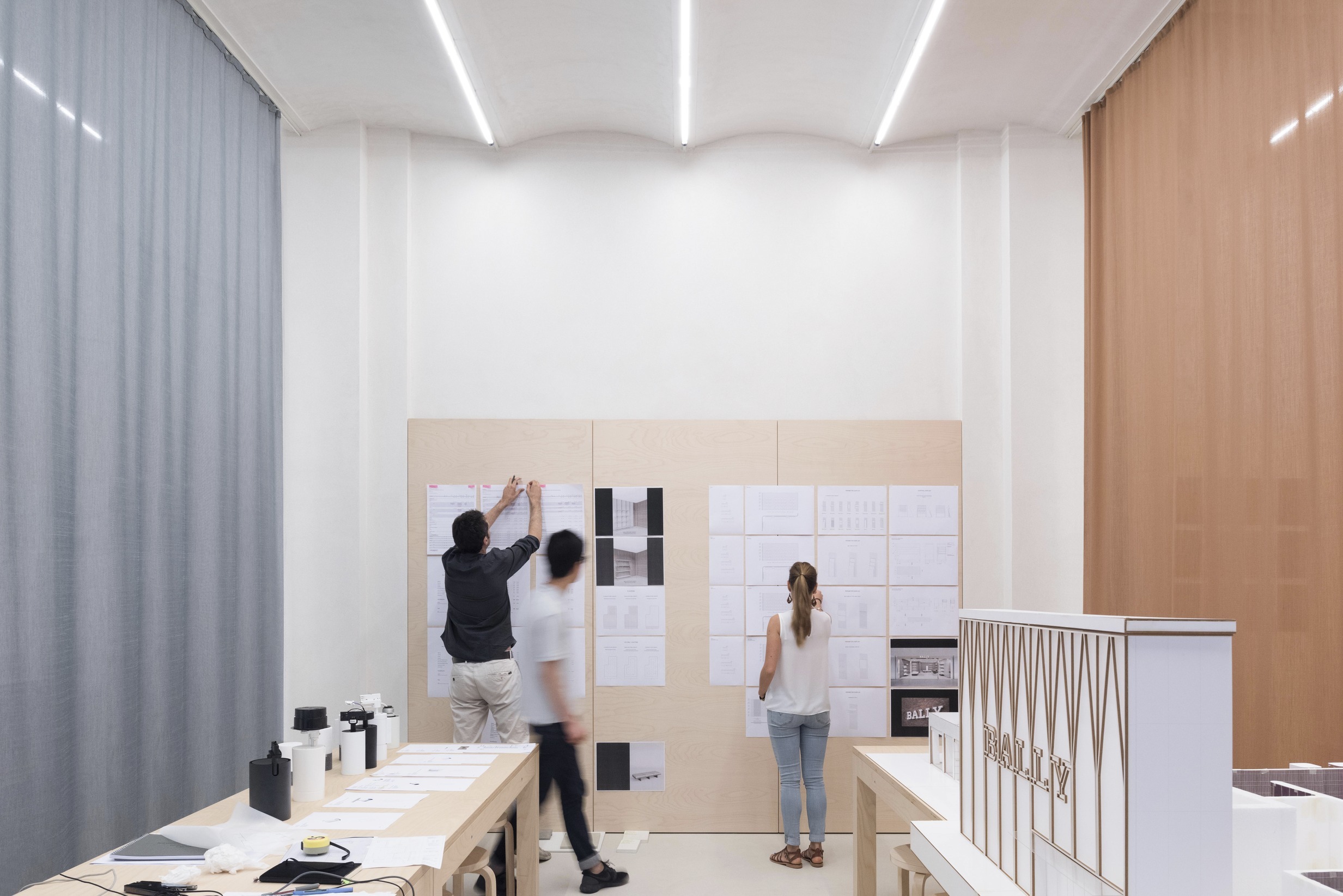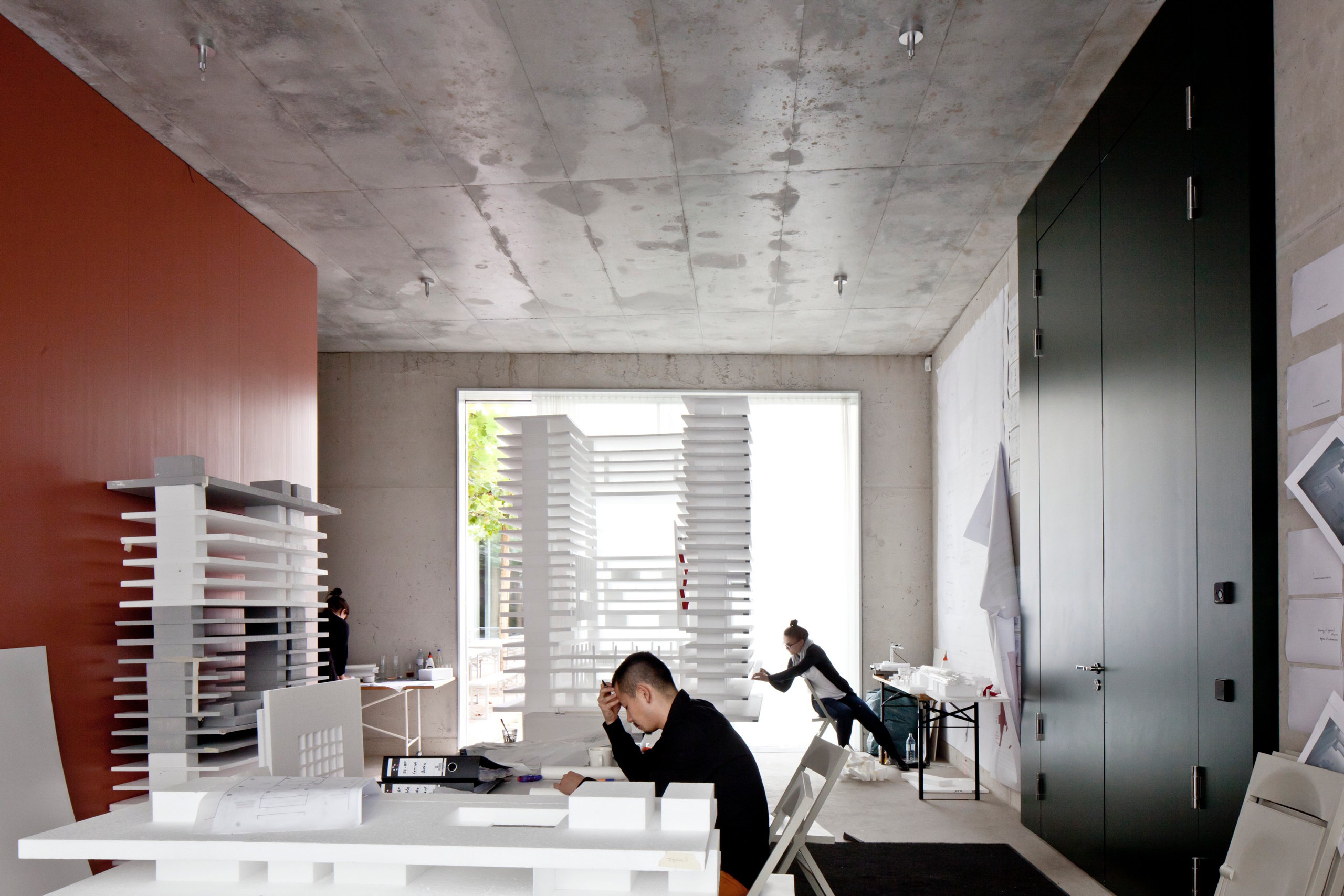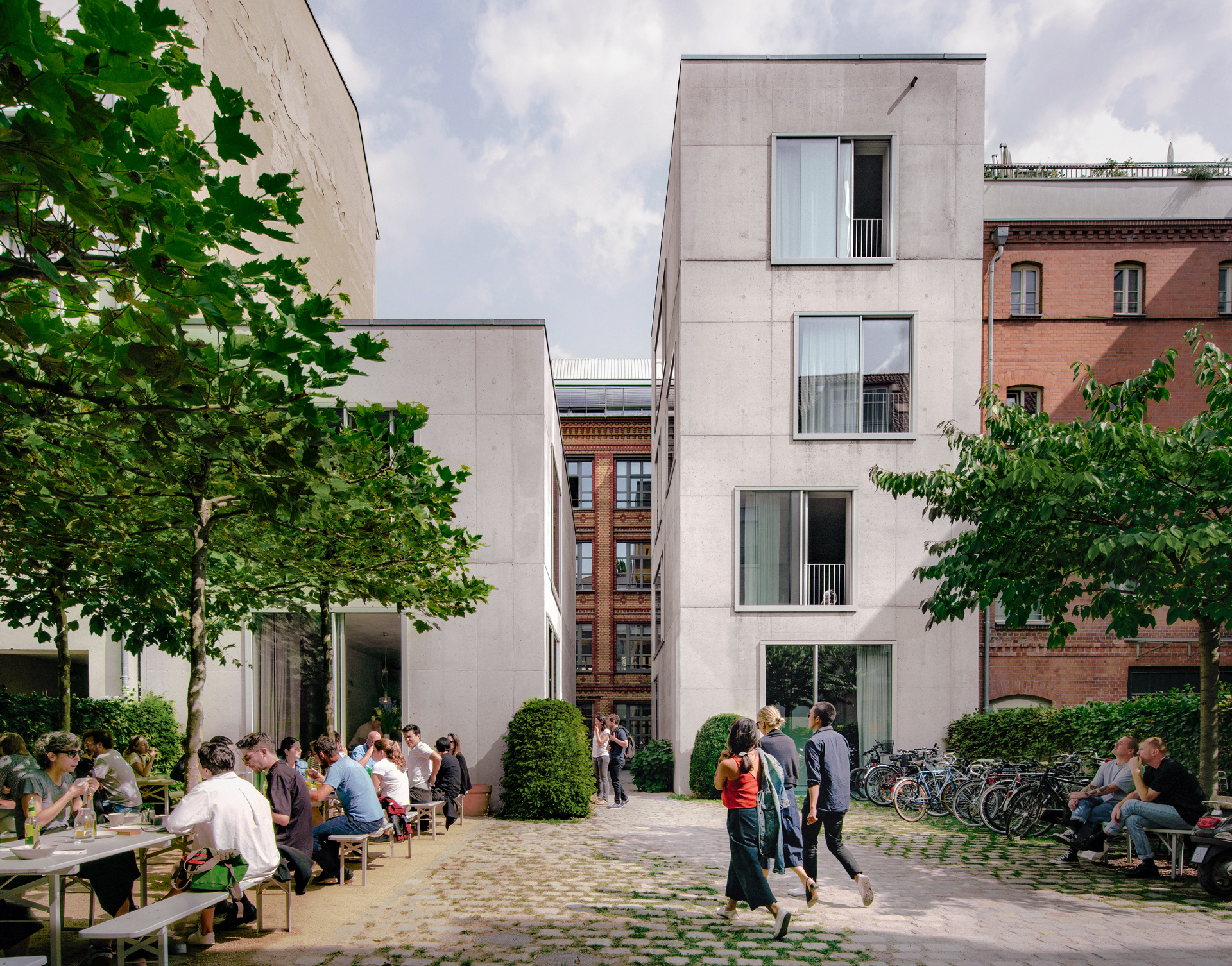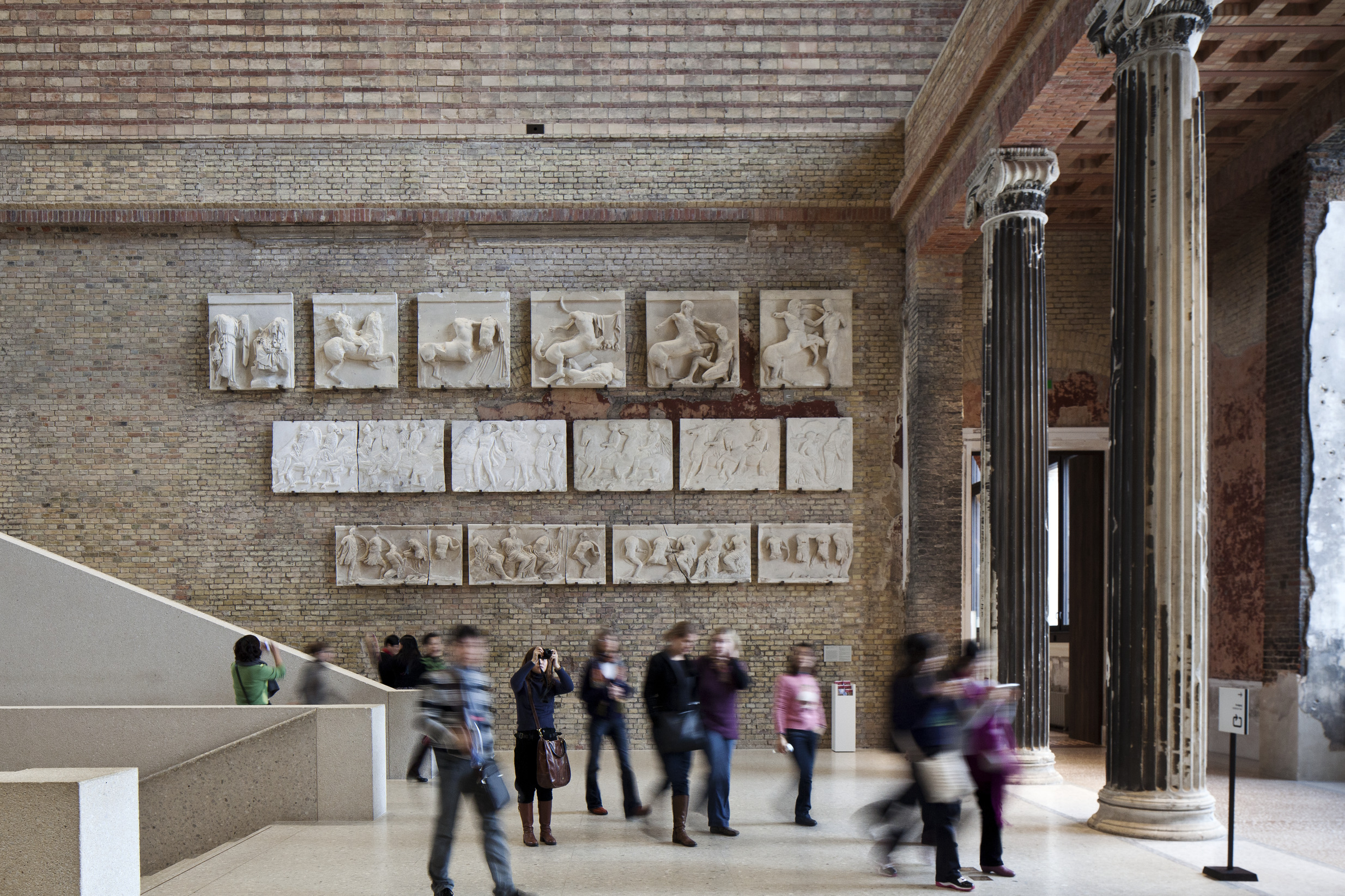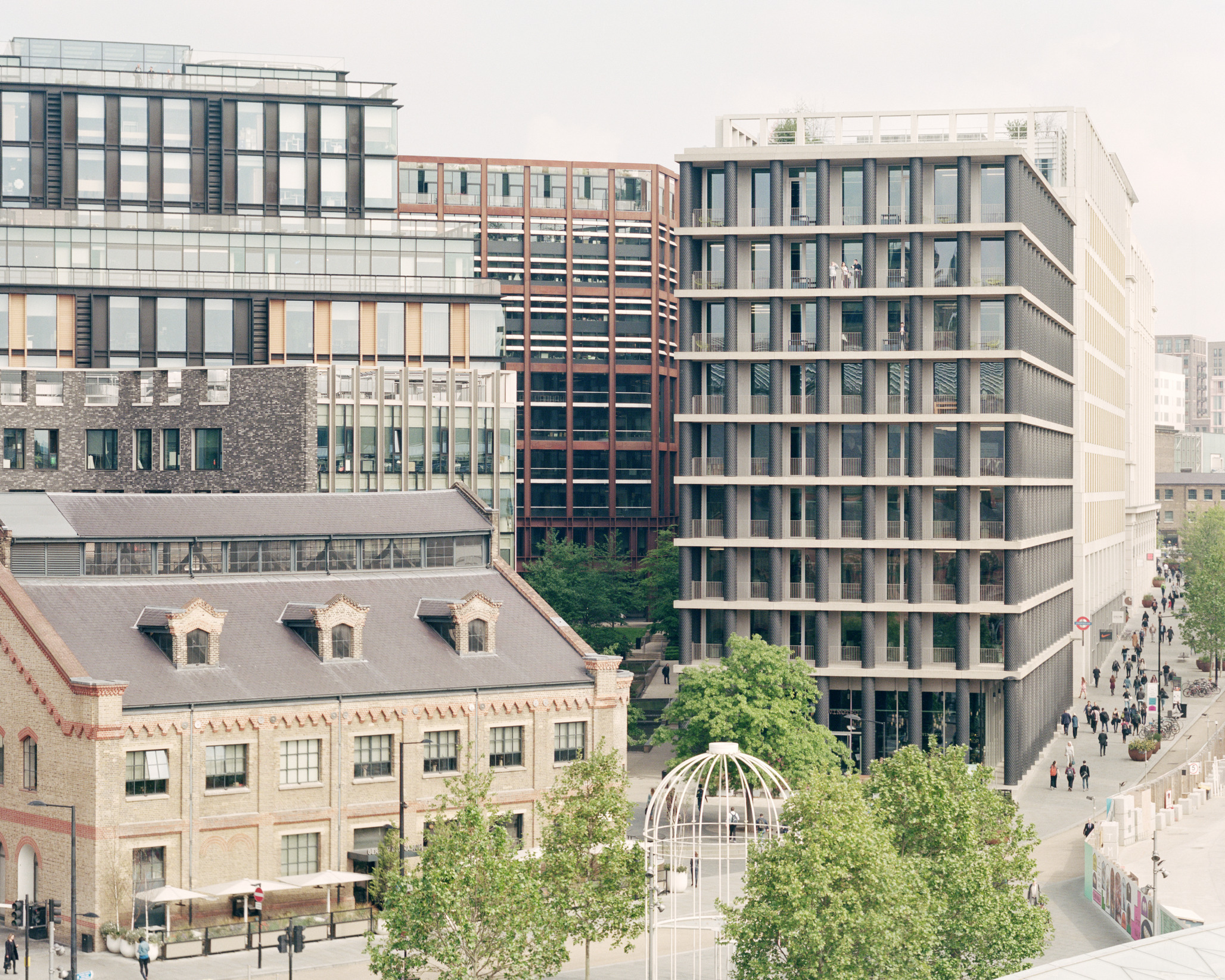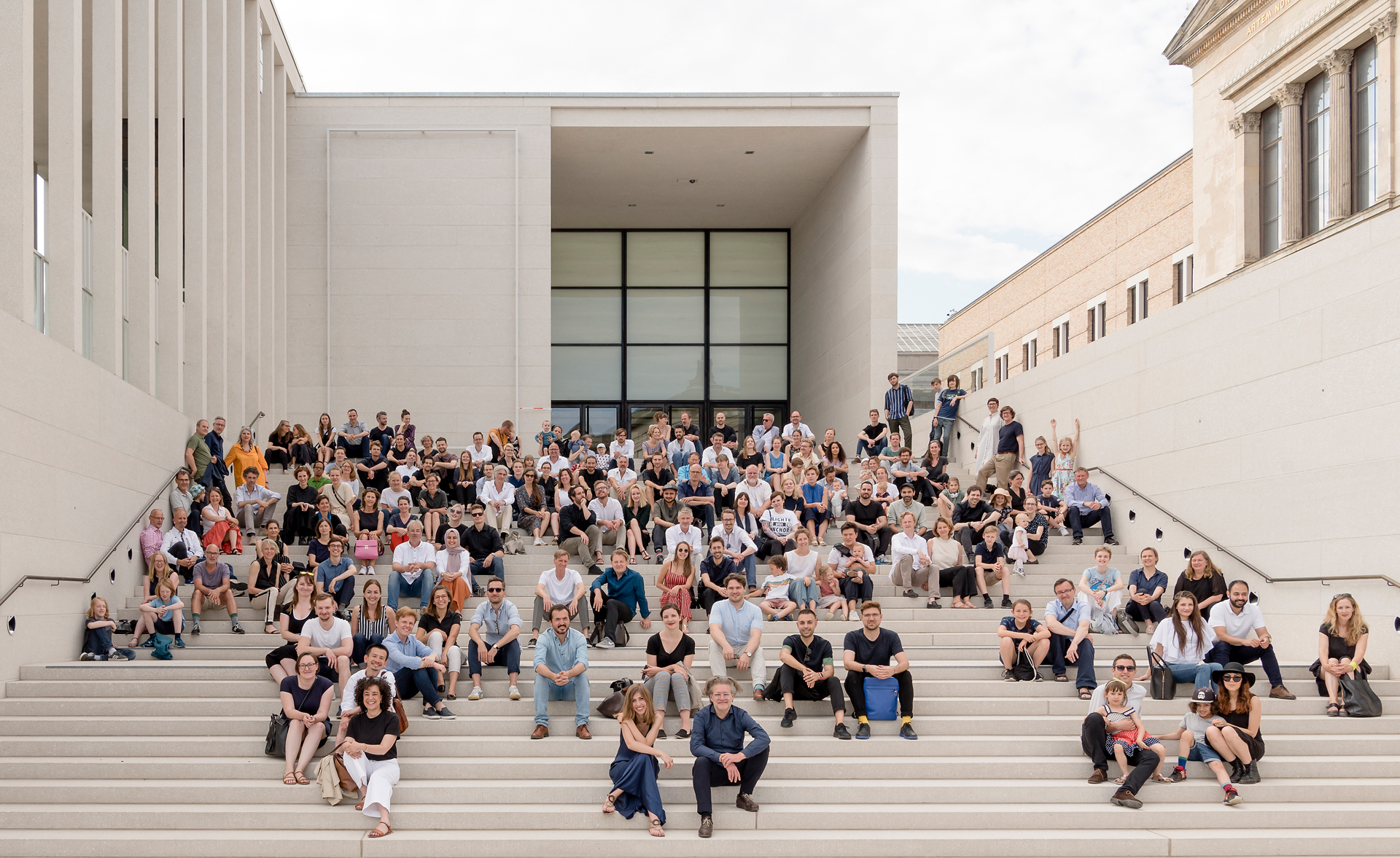An architecture defined by process and discourse
Rather than fixed formal ideas, the practice's work is unified by its focus on the quality of process and an ability to establish an environment through which a robust design can emerge. Working closely with clients, design teams conduct rigorous early research and interrogation to develop a strong understanding of the project’s programme, ambitions and context to expose the issues and unique opportunities of each project from the outset. This approach avoids over-design and unnecessary complexity, establishing a consensus around the purpose of the project and ultimately its physical expression and identity.
David Chipperfield Architects has delivered many of its complex projects under intense public and political scrutiny and has developed a considered process for understanding and unifying the diverse needs and opinions of multiple client groups as well as extensive stakeholder engagement. This process, based on well-prepared round-table workshops, is an effective tool for open decision-making and collaboration that allows a wide range of concerns to be addressed simultaneously. The quality of these conversations has a direct impact on the quality of the final result.
Building a strong and diverse team is fundamental to the design process. The practice seeks out additional knowledge and expertise, often establishing strong collaborations with both established and emerging architecture practices as well as leaders across a range of disciplines. Drawing together local insight and international experience within the team helps to ensure that discussions and decisions are well informed, and that they are accountable to the ambitions of the project, including sustainability targets and cost constraints.
It is important to the practice that the design process maintains a connection to the physical act of creating, whether through models, sketches, diagrams or drawings. Design teams regularly work with physical models, often made quickly, in-house and at all scales, to convey volume, form and the relationships between spaces. As the detail of the project becomes more defined, models are used as facsimiles to explore more refined aspects of the design, atmosphere and architectural intent.
The act of making is complemented by the use of new technologies, including visualisation, BIM and energy modelling. Employing these tools at the right stage and for the right purpose helps to ensure a dynamic and efficient process through which to address the complex challenges of a project, including the delivery of more environmentally sustainable architecture. During the construction process, work on site is closely monitored to ensure that both the details and broader ambitions of a project are maintained. This monitoring role often extends to post-occupancy evaluation, ensuring that lessons learned feed back into the design studio.
The practice maintains an engaged studio culture in each of its offices, encouraging continued learning, debate and discussion around design theory, architectural history and construction technologies alongside broader socio-cultural and environmental issues. An international staff from a diverse range of backgrounds and with wide-reaching experience and skillsets informs both this culture and the design process.

